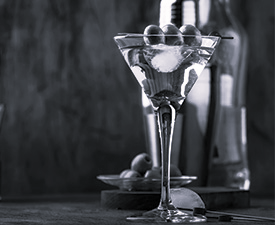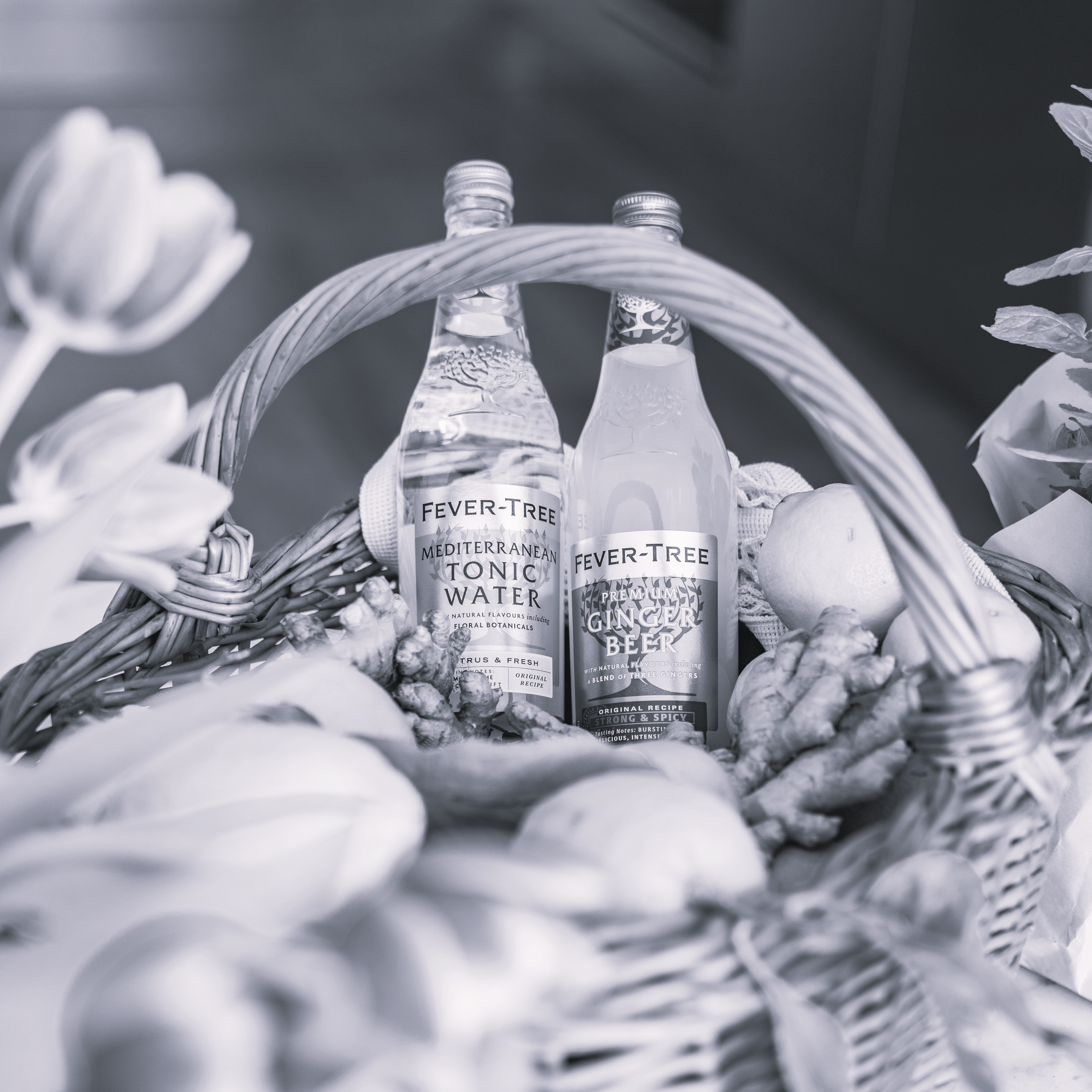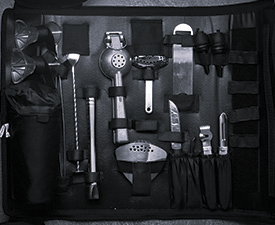The colour of wine comes from the skin of the grapes. The juice that comes from nearly every variety of grape when pressed is white or clear. This is true of red grapes as well as white wines. The colour or pigments of red grapes are found in the skins of the grapes. In order to make a red wine from red grapes, it is necessary to leave the skins in contact with the juice during fermentation. When the skins are placed in the fermenting 'must', the pigments leech out of the skins and colour the wine. When red grapes are pressed and the skins are kept out, the colour of the wine remains white and is considered a 'Blanc de noirs' - a white wine made from red grapes, (e.g. Champagne).
White wines do not usually have the skins left in the 'must' during fermentation. If the wine is being made from white grapes, there is no benefit to the colour and if the wine is being made from red grapes, the skin contact would give an undesirable red colour to the wine. Rose wines can be made with 'limited' skin contact (leaving the skins in the fermenting juice for only a short period of time) but this method can be unreliable in obtaining consistent tinting from tank to tank. Many Rose wines are often made by adding a specific amount of red wine to an already finished white wine.
Why is the colour of a wine so important to inspect? The colour of a bottle of wine with respect to its age can be an important clue in determining if a wine has been made from quality fruit, or has aged well over time. For example, if a one year old bottle of Sauvignon Blanc is already a dark amber colour when the bottle is first opened, this could signify that the wine has not been made correctly or that the closure was faulty causing the wine to age prematurely and not taste its best. The same can be said for red wines, if a young bottle of Merlot is already a brick red or a brown colour when opened, chances are that there was a problem with the bottle closure, or the temperature of cellaring and it too will not be at its best.










